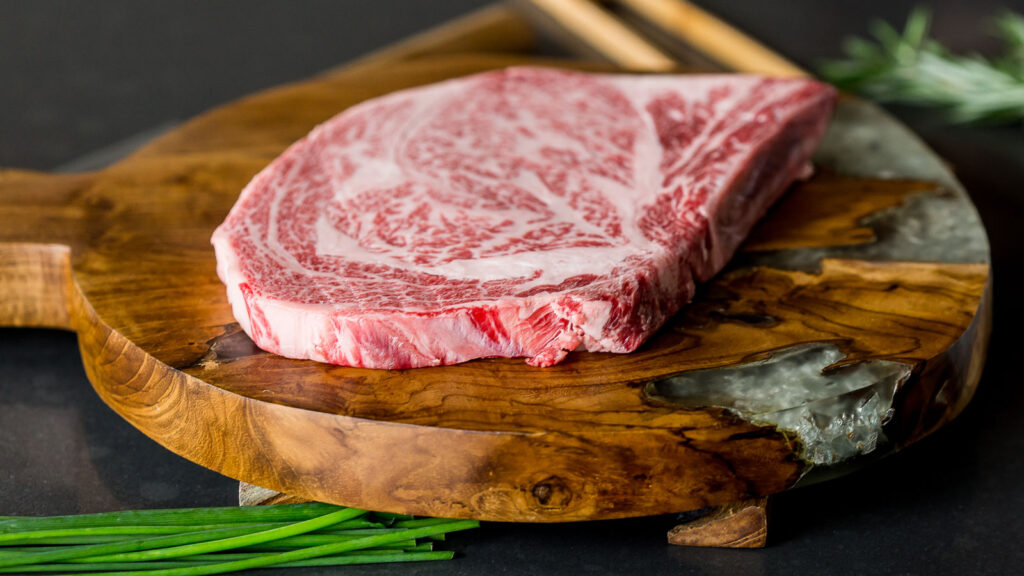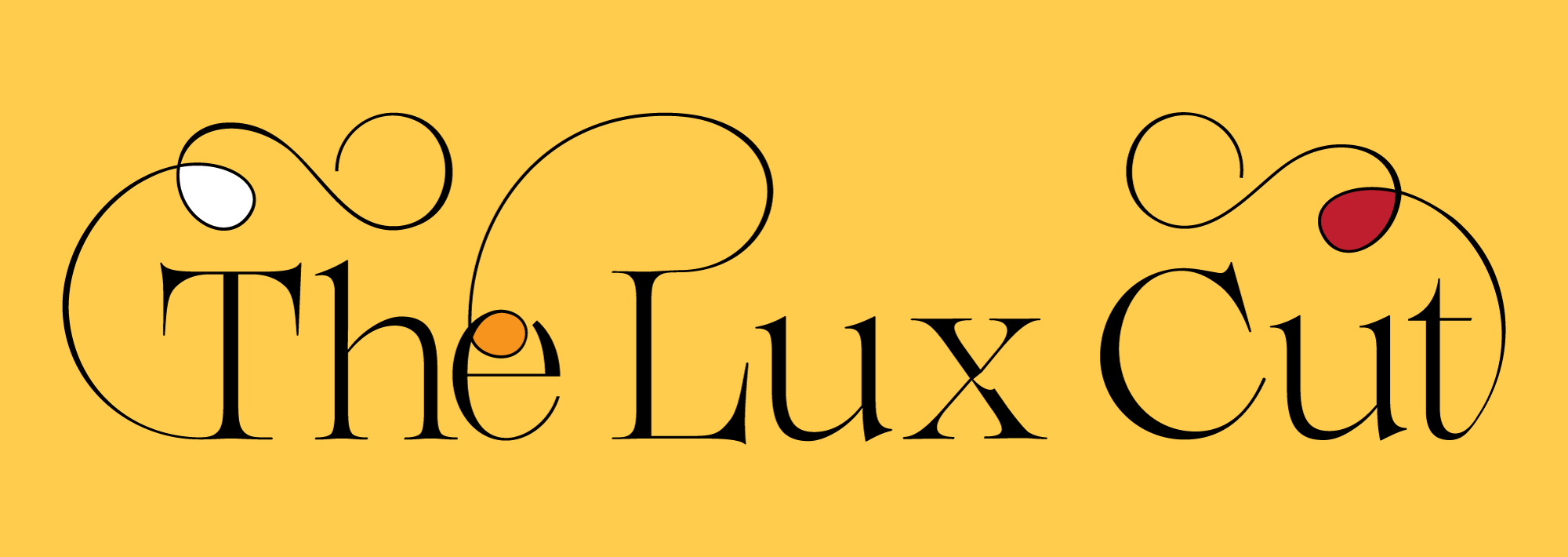The Truth About Wagyu – and Where to Order It

Like most labels we slap on food these days – organic, natural, cold-pressed, farm-to-table and the godawful “intentional” – Wagyu steak has lost its way.
It’s not the beef’s fault. Blame translation issues: “Wa” means “Japanese” and “gyu” means “cow,” so, quite literally, Wagyu means Japanese cow. The problem is that opportunists have used this nebulousness to their advantage, labeling any beef from Japan “Wagyu” to evince the prestige and command the higher prices of the real Wagyu, the ultraluxe beef prized for its byzantine marbling and buttery mouthfeel.
What is the real Wagyu? Researchers have found evidence of Wagyu genetic strains dating back 35,000 years ago, but modern Wagyu – the kind we know and love today – was established in the late 1860s, when non-native breeds of cattle were imported to Japan and mated with the island’s native cattle. Four breeds emerged to reign supreme today: Japanese Black, Japanese Polled, Japanese Brown (often called Red Wagyu in the United States) and Japanese Shorthorn. Polled and Shorthorns are still bred only in Japan, while Black and Brown have been exported to be bred in other countries, most notably in the United States and Australia.

Strict guidelines rule the breeding and raising process for Wagyu cattle to maintain purity and quality, including winnowing the herd of less desirable traits so that only the best examples of the breed reproduce. Additionally, an intensive rating system (with A5 being the highest) requires Wagyu raters undergo training not unlike that of an elite sommelier – a minimum of three years is mandatory.
Insofar as animals bred for consumption can be treated well, Wagyu are pampered. They might not be massaged and given beer – a widespread misconception, Wagyu experts say – but they are allowed to roam on open-air farms, monitored constantly by farmers, given an unlimited supply of fresh water and cushioned from anything that might cause stress. Why the Zen zone? An elevation of the stress hormone cortisol could affect the quality of the meat.
That quality is the defining feature of Wagyu, which is distinguished from other top-tier beef by its intense proliferation of intra-muscular fat cells, aka “marbling.” The webs and striations of fat throughout the meat make it ultra-tender and ultra-luscious. You’ve heard the maxim, “Fat is flavor,” right? With Wagyu steak, flavor is woven into literally every inch of meat, which boasts added tenderness from the cows’ life of leisure. (Lots of exercise and stress = tough meat; sedentary calmness = buttery bovines.)
Three of our favorite Wagyu experiences in the U.S.:
Bourbon Steak
Scottsdale, Arizona
This chic steakhouse is nestled in the Fairmont Scottsdale Princess resort in tony North Scottsdale on the outskirts of the Phoenix metropolitan area. Celebrity chef Michael Mina is the driving force behind Bourbon Steak, and his legendary lobster pot pie, theatrically finished and served tableside, is reason enough to visit. But for beef lovers, the ultimate dish is the U.S. vs. Japan, which includes a few ounces each of Japanese A5 Wagyu and American Wagyu, ideally served rare so you can taste the nuances of both styles (inquire for pricing).
Mooo…
Boston, Massachusetts
Its playful name belies this Beacon Hill institution’s serious beef acumen. At Mooo…, the steaks mostly skew American: Greater Omaha filet mignon from Nebraska, prime ribeye from Kansas and Mishima-grade Wagyu ribeye from Strube Ranch in Texas. The undisputed king of the menu, though, is the Japanese A5 Wagyu sirloin from the Miyazaki prefecture ($185). As if the six ounces of succulent, melt-in-your-mouth meat weren’t luxurious enough, the Wagyu is served with Mooo…’s signature herb butter, infused with unctuous bone marrow.
SW Steakhouse
Las Vegas, Nevada
In a city with a glut of glitzy restaurants and spendy steakhouses, SW Steakhouse still manages to stand out. Chef David Walzog’s Forbes Travel Guide Four Star Award-winning steakhouse overlooks the Lake of Dreams in the Wynn Las Vegas hotel, so you can catch a show while you savor your Wagyu – all of SW’s has a quality score of A5 and a marble score between 8-10. The centerpiece of its pioneering beef program is the Kobe, Hyogo Prefecture, 100% Tajima cattle, an exclusive offering even among A5 Wagyu ($300 for four ounces; four-ounce minimum; $75 per additional ounce).








